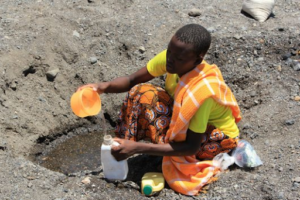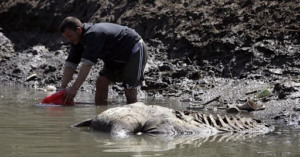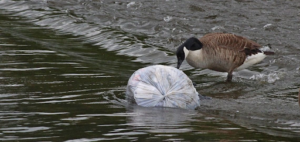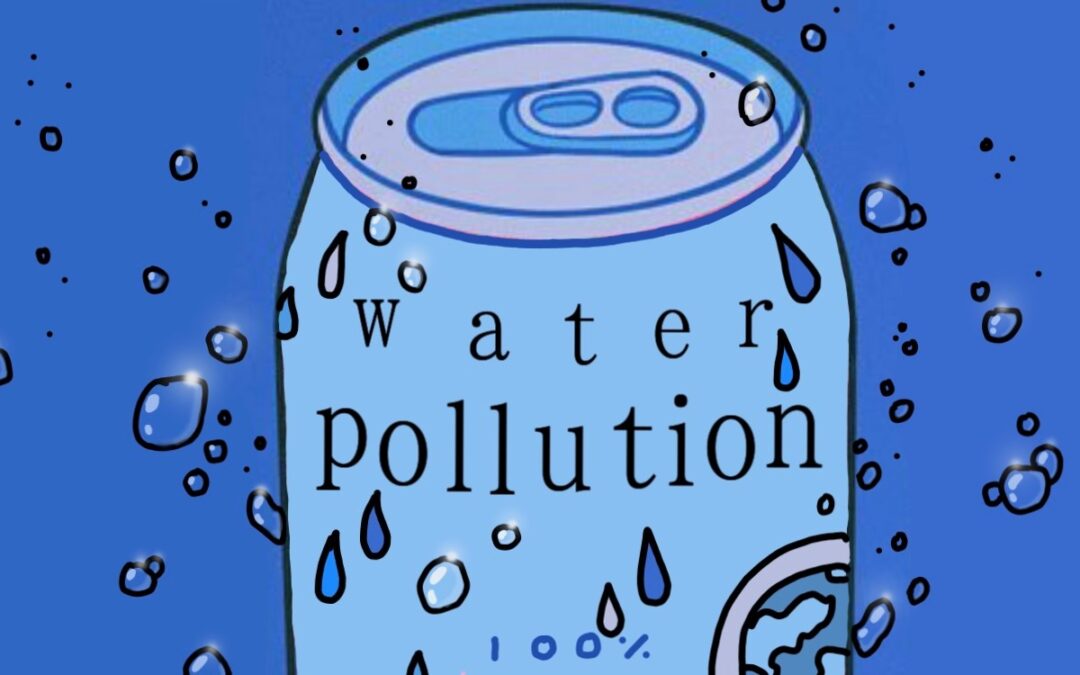Written by: Mia
Hey readers! We’ve all known this word pollution as a negative release into our environment. This statement is virtually true, but there’s much more than just that to fully know and understand pollution itself. Pollution is defined as “the presence in or introduction into the environment of a substance or thing that has harmful or poisonous effects”. Knowing that this issue is “harmful” to our planet, we must educate ourselves in order to successfully live on a healthy planet. I’ll be speaking on one of the 3 main types of pollution, water, to help inform you of a massive problem today. The other two types – land and air – will be discussed in future posts.
Water pollution can be seen in many different countries like Somalia, Egypt and even our own, Canada. This contaminated water isn’t just on beaches and other aquatic activity areas, the water drinking source of some people is badly harmed,; so bad that people get minor to fatal illnesses.
Here are a few striking water pollution stats, from Lawnstarter:
- Only 0.5% of the world’s freshwater is suitable for human use.
- Globally, we use around 4 trillion m³ of fresh water each year.
- The 5 countries with the most water consumption are Canada, Armenia, New Zealand, the United States, and Costa Rica.
- American households use about 138 gallons of water per day.
Where does this all start? How can it get this bad? Well, there are plenty of variations to these questions that need to be answered, however I’ve narrowed it down to two main reasons. Firstly, nature does naturally pollute itself. Sounds weird right?! I thought so, too! Then, the last general reason is human actions that are accountable for most pollutants.


These two pictures above, show the huge water pollution problem in (left) Somalia and (right) Egypt. The two countries with the most extensive water pollution trouble that affects their health and everyday lives. Those pictures are just a slim portion and what most of the lower-income areas are facing.

This is a picture taken in Canada. Most of us Canadians are in a more favourable position than people who may live in places where the water pollution is like the two pictures above.
Nature: The soils in the earth do have some highly acidic features to it and when the water comes into contact with it, it contaminates that water. Similarly, the heat of its atmosphere can also be damaging in the waters. As the temperature rises, the dissolved oxygen levels decrease. This prevents and limits the aquatic and plant life diversity because of the certain temperature required for survival. Land also retains biodegradable waste from human and animal waste. When this substance infiltrates the water, it issues an energy source of organic carbon of which causes bacteria. This leads to atmospheric pollution disrupting precipitation and water cycles with acid rain.
Human: Our industrial waste, which comes from places like factories, creates air pollution which factors into water pollution. The water cycle is damaged, formulating contaminated land water and rain. Along with industrial things, the toxic and very hazardous chemicals that are not disposed of properly can deeply affect the waters. All these and more human-made chemicals or human caused problems can be prevented.
We as humans play the biggest part in the pollution of Earth’s water. As contributors to this problem, we should try our best to eliminate the human actions which destroy our planet. By doing so, we not only help ourselves but we help people around the world who aren’t as fortunate and the future generations after us.
As I’ve mentioned, we’re very fortunate to live in Canada and have clean drinking water. If you’d like to donate or contribute to helping others who aren’t as lucky, World Vision sets up things like Water Purification and Hygiene Kits, Help Drill a Well and more with a simple donation.
Work Cited
https://www.worldwatersolar.com/top-10-countries-with-the-worst-water-crisis/
https://www.safewater.org/fact-sheets-1/2017/1/23/water-pollution

